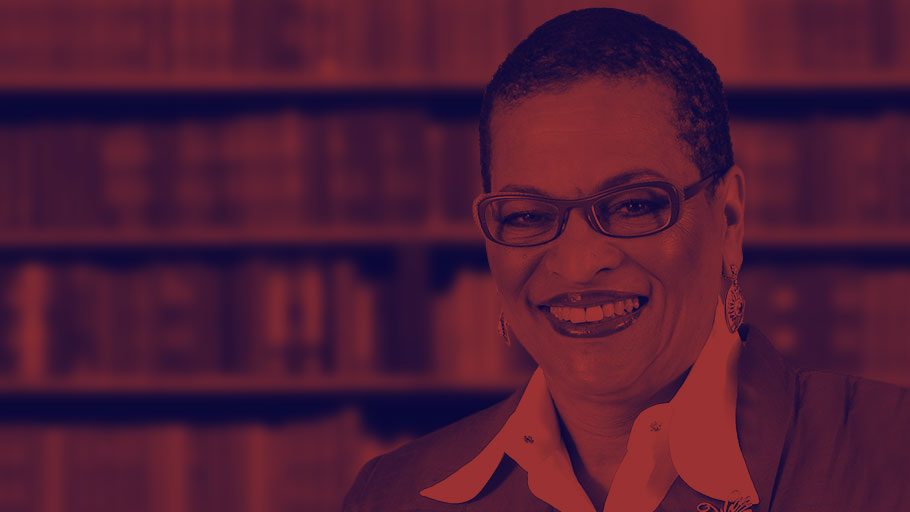Anna Brown, a St. Louis based homeless woman needed treatment for a sprained ankle. She went to three emergency rooms seeking such treatment. In the third hospital, St. Mary’s Health Center, Ms. Brown was emphatic about needing care. Instead she was arrested for trespassing, and died in a jail cell! Was she ill-treated because she was homeless? Black? Broke? It really doesn’t matter; the fact is that the hospital that failed to treat her may have contributed to hear death.
Too many African American people are treated in emergency rooms, as criminals, not people in need of health services. After learning of the Anna Brown case, a sisterfriend shared that she had such an extreme anxiety attack that her 10-year-old son called 911. When she got to the emergency room (with health insurance, thank you), she was queried about her use of drugs and alcohol, not her health condition. It was only after her blood was tested that she was treated, so she spent four agonizing hours on a hospital bed with raspy breath, a frightened son, and no medical care.
They aren’t the only ones. African America and Latino men, with broken bones, are less likely to get pain medication than others. Even children of color are less likely to receive painkillers than white children, because some physicians think they are faking the level of their pain. When we look at health disparities and wonder why African Americans are more likely to have diabetes, high blood pressure, kidney failures, breast cancer, AIDS and then some, one might point to the many ways that doctors, especially those in emergency rooms, signal that black pain is not worth treating. The result is that someone who is really hurting chooses to forego medical care instead of dealing with medical condescension and arrogance.
To be sure, and to our society’s shame, emergency rooms often become the health providers of last resort. Those without a regular physician are stuck going to an emergency room when all else fails. A cold becomes the flu becomes pneumonia and only when a patient is struggling for breath does she seek treatment in an emergency room. I can understand a doctor’s frustration because the patient did not deal with her challenges earlier. But emergency room doctors, well paid, need to do their work without judgmental attitudes getting in their way.
Anna Brown deserved to be treated as a human being. She deserved to be treated as someone who was struggling with pain. Instead, she was treated as a criminal because she insisted on care. Thus, she was accused of trespassing, instead of being treated as someone who was hurting.
While many would describe our society as post-racial that is a specious and inaccurate description of the world in which we live. Racism muddies the water that we all swim in, and physicians are not exempted. Those who swim in muddy water reflect the muddy attitudes that are prevalent in our society. Many doctors consider themselves “culturally sensitive” but they have come to conclusions about poor folks, black folks, and others that they treat. It is easier to write off a woman like Anna Brown than it is to find out what is really wrong with her.
The Hippocratic oath that physicians swear to says first, do no harm.” From the facts that have been published about Anna Brown though, this homeless 29-year-old mother of two children was harmed by a medical indifference that landed her in a jail cell instead of a hospital bed. The tragedy is that Anna Brown is not the only one who has been treated this way.
We have health disparities because people are treated differently in our health care system. We cannot talk about closing gaps without talking about the ways that medical attitudes shape the medical experience for those who are so underserved that they come to emergency rooms for help. While the jury is out on the ways that Obamacare will reform our health care system, the intent of health care reform is to eliminate tragedies like Anna Brown’s.















